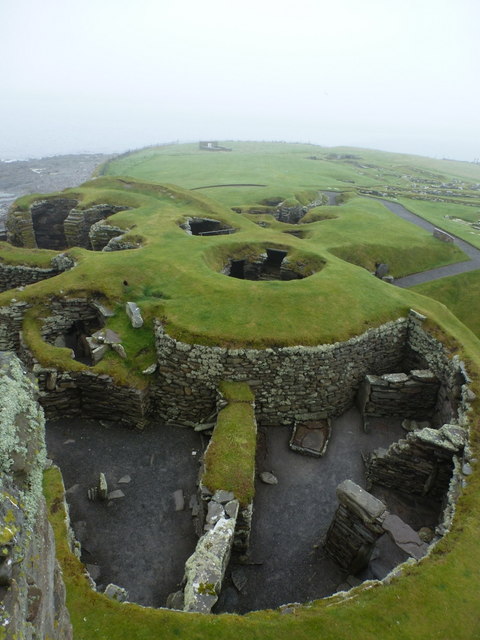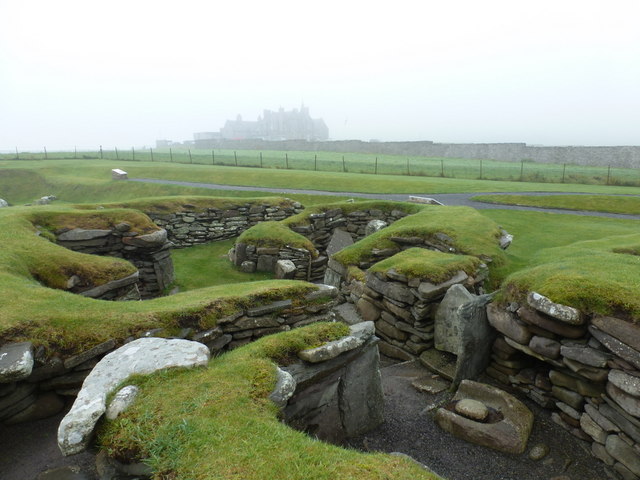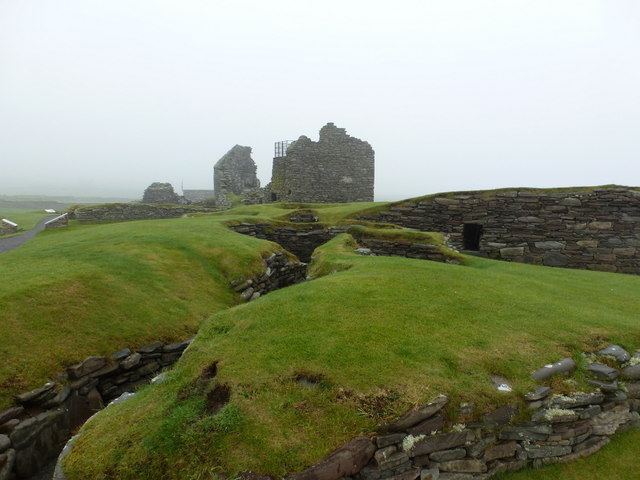Jarlshof, a remarkable archaeological site in Shetland, offers an extraordinary journey through over 4,000 years of continuous human habitation.
The layers of history are clearly visible as you walk through the site, with Bronze Age buildings dating back to around 2500–2000 BC, marking the earliest signs of life.

Moving forward in time, Iron Age round houses, dating from 200 BC to AD 800, stand as a testament to the adaptability of the early inhabitants.
The Viking settlement, established between the 9th and 14th centuries, lies on the eastern side of the site, offering a glimpse into the Norse period, which left a significant mark on the region.
The castle, or Laird’s House, dominates the centre of the site. Originally a medieval farmhouse, it was fortified in the 1500s, adding another layer of history to the already rich tapestry.

Jarlshof, much like Skara Brae in Orkney, was hidden from view until a storm in the late 1800s unearthed some of the remains.
What followed was a series of archaeological excavations in the 1920s and 1940s/50s, which revealed the full extent of this historic site.

Now, Jarlshof offers a rare and fascinating opportunity to step back in time and witness the progression of human settlement in this remote part of the world.





